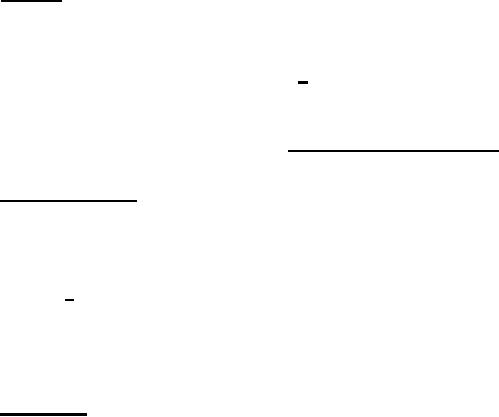 |
|||
|
|
|||
| ||||||||||
|
|  MIL-S-27332B(USAF)
can be deflected at a suitable rate, shall be used for this test. The appa-
ratus shall be arranged to support the specimen on a level horizontal plate
perforated with 0.25 inch holes on 0.75 inch centers to allow for rapid
escape of air during the test. The seat cushion insert shall first be twice
deflected to 75 +5 percent of its original height by using plates or rollers
as a means of obtaining the deflection. The specimen shall then be allowed to
rest a period of 10 +5 minutes. The specimen shall then be placed in position
on the supporting plate of the apparatus and the indenter foot brought into
contact with the specimen. The height shall be determined after applying a
total preload of 1 pound. The specimen shall then be compressed 25 percent of
this height and the final load observed after 1 minute. The same procedure -
shall be followed for 50, 65, 75, 80 and 85 percent load deflection character
istics.
4.6.3 Density. Three representative specimens of regular shape shall -be
cut from three different seat cushion inserts and tested to determine com
pliance with the requirements of 3.5.2. The specimens shall be not less
than 1 cubic inch in volume and shall be free from surface skin. The volume
of the specimens shall be calculated and the specimens weighed on a balance
or scale graduated to permit weighings within + 1 percent of the weight to
be measured. The density shall be reported in-pounds/cubic feet and shall
be calculated as follows:
Density in pounds/cubic feet = Specimen weight in pounds
Specimen volume in cubic feet.
4.6.4 Tensile strength. Three test specimens as shown on figure 1 shall
be out from three different seat cushion inserts and tested to determine
compliance with the requirements of 3.5.3. The specimens shall be free from
nicks and ragged edges. The tensile test shall be made on a power-driven
machine equipped with a dial or scale indicator that will remain at the
point of maximum load after rupture. The rate of travel of the power-driven
grips shall be 20 + l inches per minute and shall be uniform at all times.
The dumbbell-shaped specimen shall be placed in the grips of the testing
machine using care to adjust them symmetrically in order that the tension will
be distributed uniformly over the cross section. The tensile stress shall be
calculated by dividing the load by the original cross sectional area and shall
be expressed in pounds per square inch.
4.6.5 Elongation. Elongation measurements shall be made coincident with
the tensile strength tests specified in 4.6.4 to determine compliance with
the requirements of 3.5.4. Bench marks located 1 inch apart shall be
placed on the 1/2 inch section of each of the three dumbbell-shaped test
specimens specified in 4.6.4. The distance between the two bench marks shall
be recorded continuously as the specimen is loaded. The testing machine
and rate of travel of the jaws shall be the same as specified in 4.6.4.
6
|
|
Privacy Statement - Press Release - Copyright Information. - Contact Us |